 Although there are those who still think that Madrid has always been the capital of Spain, the truth is that it has not. Throughout the history of the country and for different historical reasons throughout it, the capital moved in the past to other cities such as Toledo, Valladolid, Cádiz or Valencia, among others. All this together with the first capitals that were part of the peninsula at the time of ancient Visigothic Hispania, at the time of the Roman Republic or at the beginning of the Kingdom of Spain that originated after the reconquest in Covadonga (Asturias). These are the cities that have been the capital of Spain:
Although there are those who still think that Madrid has always been the capital of Spain, the truth is that it has not. Throughout the history of the country and for different historical reasons throughout it, the capital moved in the past to other cities such as Toledo, Valladolid, Cádiz or Valencia, among others. All this together with the first capitals that were part of the peninsula at the time of ancient Visigothic Hispania, at the time of the Roman Republic or at the beginning of the Kingdom of Spain that originated after the reconquest in Covadonga (Asturias). These are the cities that have been the capital of Spain:
Cordoba

Córdoba was founded by the Romans during the second century BC, and it also became the capital of Hispania in times of the Roman Republic, as well as the Betica province during the Roman Empire. But its moment of splendour as a capital occurred during the Muslim domination of the Iberian Peninsula when it rose as the capital of the Emirate of Córdoba. A history that has also led it to become the city that houses the most titles of World Heritage Sites and thanks to authentic treasures that still live on today such as the Mosque-Cathedral of Córdoba, its historic centre, the Fiesta de Los Patios or the palatine city of Medina Azahara, among others.
Barcelona

Barcelona was the first capital of Hispania Goda and it was reinstated several times specifically during the Visigothic period. Known at that time as Barcino, present-day Barcelona was a Roman city until the arrival of the Goths. Few remains from that Visigoth period are currently preserved in Barcelona, but most of what has been preserved can be seen in the archaeological basement of the Barcelona History Museum. Another important moment in the history of the city would be in 1937 when, in the middle of the Civil War, it was decided to move the headquarters of the Republican Government to Barcelona.
Cangas de Onís
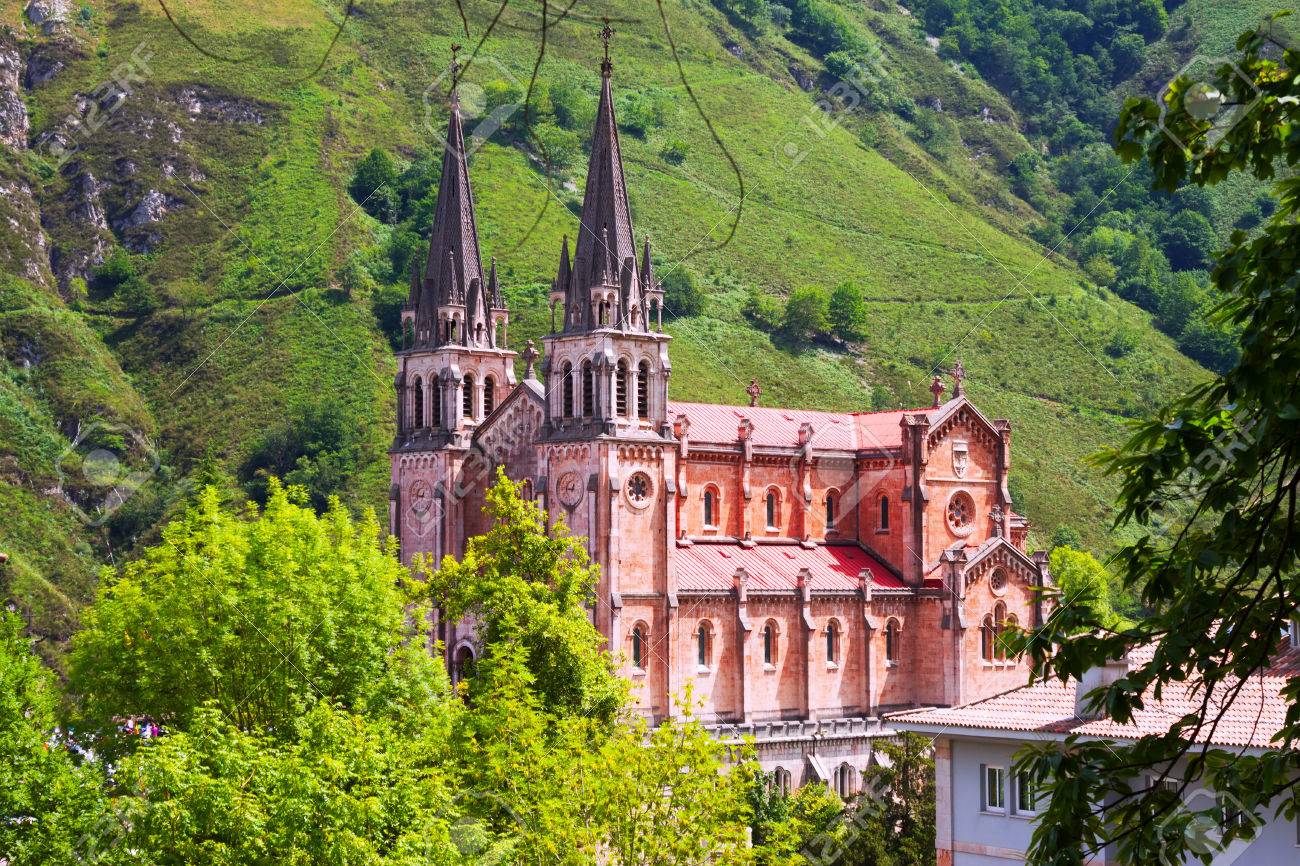
In addition to being known as one of the must-see visits if you travel to Asturias, as well as for the Covadonga Cave, the Basilica and the famous lakes of Covadonga, Cangas de Onís was the first capital of Asturias and according to Asturians, it was also the first capital of the Kingdom of Spain. It was precisely in Covadonga where Don Pelayo won the battle against Muslim troops in 722, thus initiating the Reconquest. In Cangas de Onís, Don Pelayo first established the capital of the Kingdom of Asturias and later that of Spain.
Toledo

Toledo has had its role as capital in two moments in history. The first was in the year 567 when King Atanagildo decided to move the capital of the Spanish Visigothic Kingdom from Barcelona to Toledo. In this way, Toledo became the capital of the Kingdom of Spain. Hundreds of years later, between 1519 and 1561, Toledo once again became the capital of the Spanish empire with Carlos V, but they would finally end up in 1561 with the Cortes moving to Madrid.
Madrid

The history of Madrid as capital begins in May 1561 when Felipe II makes the decision to establish the Court permanently in this city. A decision that would forever change the history of the city, which at that time was just one more city in the kingdom. One of the main reasons associated with this decision is the geographical centrality of Madrid with respect to the rest of the peninsula, although this change has also been linked to political and love affairs on the part of Felipe II.
From this moment the accelerated growth of this city began, although it should be noted that between 1601 and 1939 the Cortes passed in different periods of time from Madrid to other cities such as Valladolid, Seville, Cádiz, Valencia or Burgos, the latter two, coinciding with the instability of the Spanish Civil War. It is finally in 1939 when the capital city returns permanently to Madrid.
Valladolid
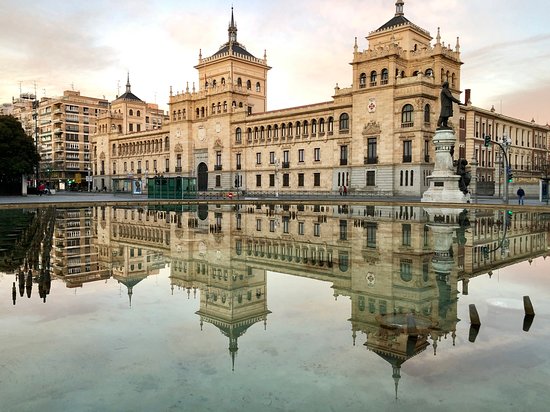
For the city of Valladolid, history took an unexpected turn in 1601 after the advisor of Felipe III, the Duke of Lerma, managed to transfer the Court of Madrid to Valladolid. An unexpected event that made Valladolid the capital of the Empire from 1601 to 1606. An event that also brought this city its moment of maximum splendour.
Seville

Seville was the capital of Spain specifically for two years and at the same time that the Napoleonic wars occurred (between 1808 and 1810). In those years, a large part of Spanish territory was invaded by Napoleon's troops and Seville was one of the places where they fought with the greatest force against these troops. It was specifically on December 16, 1808, when Count Floridablanca, president of the 'Junta Central', summoned the Junta to Seville, from which time Seville became the Spanish capital, the Real Alcázar being the headquarters of the 'Junta Central'. This came to an end in January 1810 when Seville finally surrendered to the French army.
Cadiz
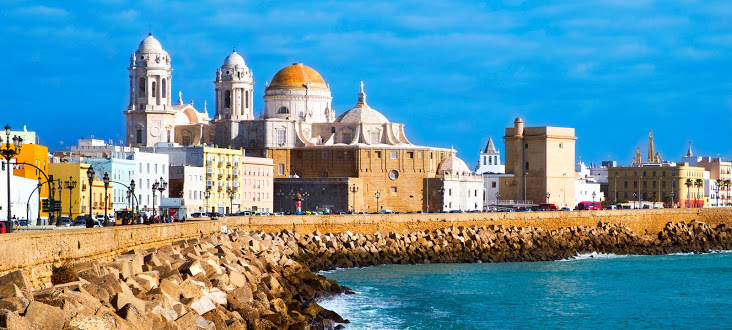
In addition to being the oldest city in Spain and also in Europe, its foundation being located eighty years after the Trojan War around the 13th century BC, Cádiz also became the capital of Spain after the transfer of the Cortes and after the handover of Seville to the French. Its period as capital city ran from 1810 to 1813 and it was in this city where the Spanish Constitution of 1812, La Pepa, was proclaimed.
Valencia
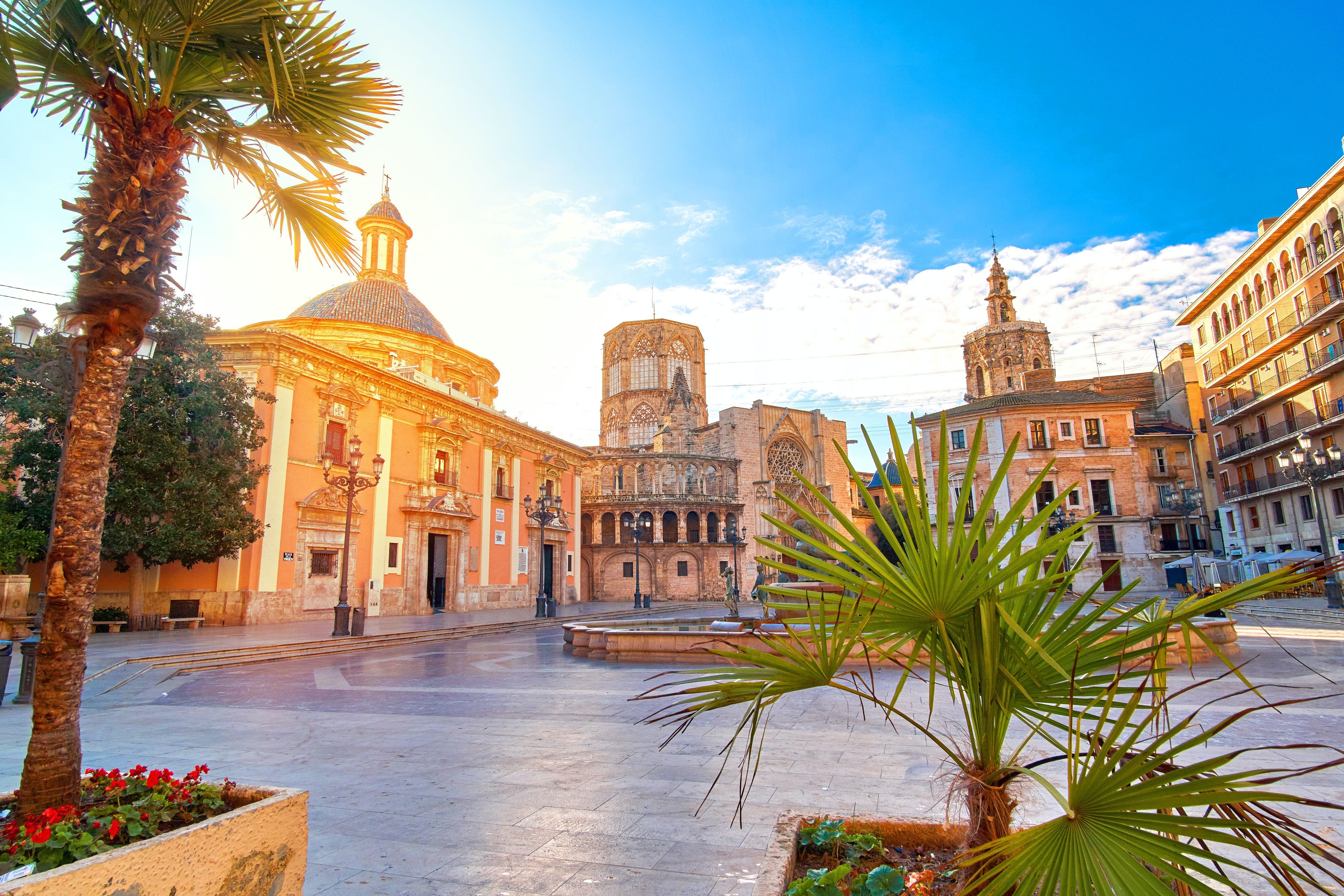
Valencia also experienced its time as the capital of Spain, something that occurred between November 1936 and October 1937, after the Council of Ministers made the decision to move the capital and due to the dangerous approach of Franco's troops to Madrid. A moment in history that corresponded to the Second Republic and in the midst of the Civil War. A new capital that happened from one day to the next. The current headquarters of the Cortes, the Palacio de Los Borja, was converted to the republican centre of operations.
Burgos
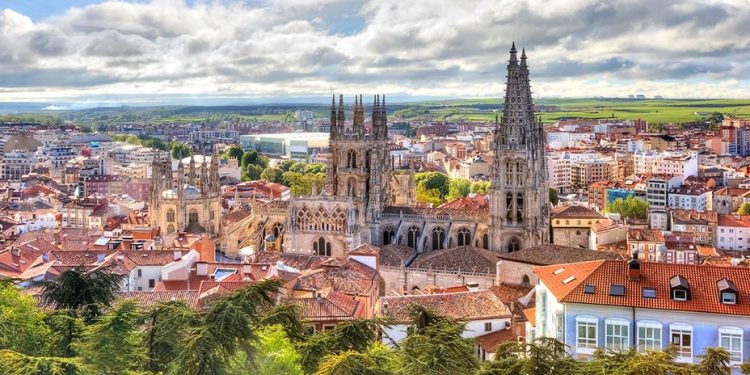
After the government of the Republic moved between 1936 and 1939 from Valencia, to Barcelona and Gerona and Figueras, finally, Burgos ended up holding the capital of Spain between April 1 and October 18, 1939, coinciding with the end of the Spanish Civil War. This resulted in Burgos becoming the capital of nationalist Spain after the coup against the Republic.